How lake fertilisation can improve your fishery and fish
Resident fishery management expert Bruno Broughton explores how lake fertilisation can help improve your fishery and explains how to go about it.
One of the key features of many still-water coarse fisheries is the clarity of the water, and this can have important side-effects on the size of the fish populations and the quality of the fishing. For example, there may be poor survival of naturally-bred fish fry in clear-water lakes. This is commonly associated with a lack of suspended algae and the small, planktonic invertebrates which prey on the algae.
Young fish must consume plankton shortly after they have hatched. Where ample supplies of these small food items are present, the fry often grow rapidly and build up sufficient food reserves to enable them to survive the first, most critical winter of their lives. Where the plankton are absent or present in low numbers only, typical of clear-water fisheries, young-of-the-year fish tend to be smaller and have fewer reserves of stored food to help them survive through winter.
Clear or cloudy?
In clear lakes, beds of submerged water plants are often abundant, whereas there may be few, if any, submerged plants in coloured fisheries because of the poor light penetration through the water. Plants with floating leaves, however, can often flourish in shallow water regardless of its clarity.
Where the water clarity is good, there may be considerable predation by fish and fish-eating birds. Most fish predators feed principally by sight, and their feeding success improves in clear-water conditions. They are usually far less successful at capturing their prey in fisheries where the water clarity is poor.
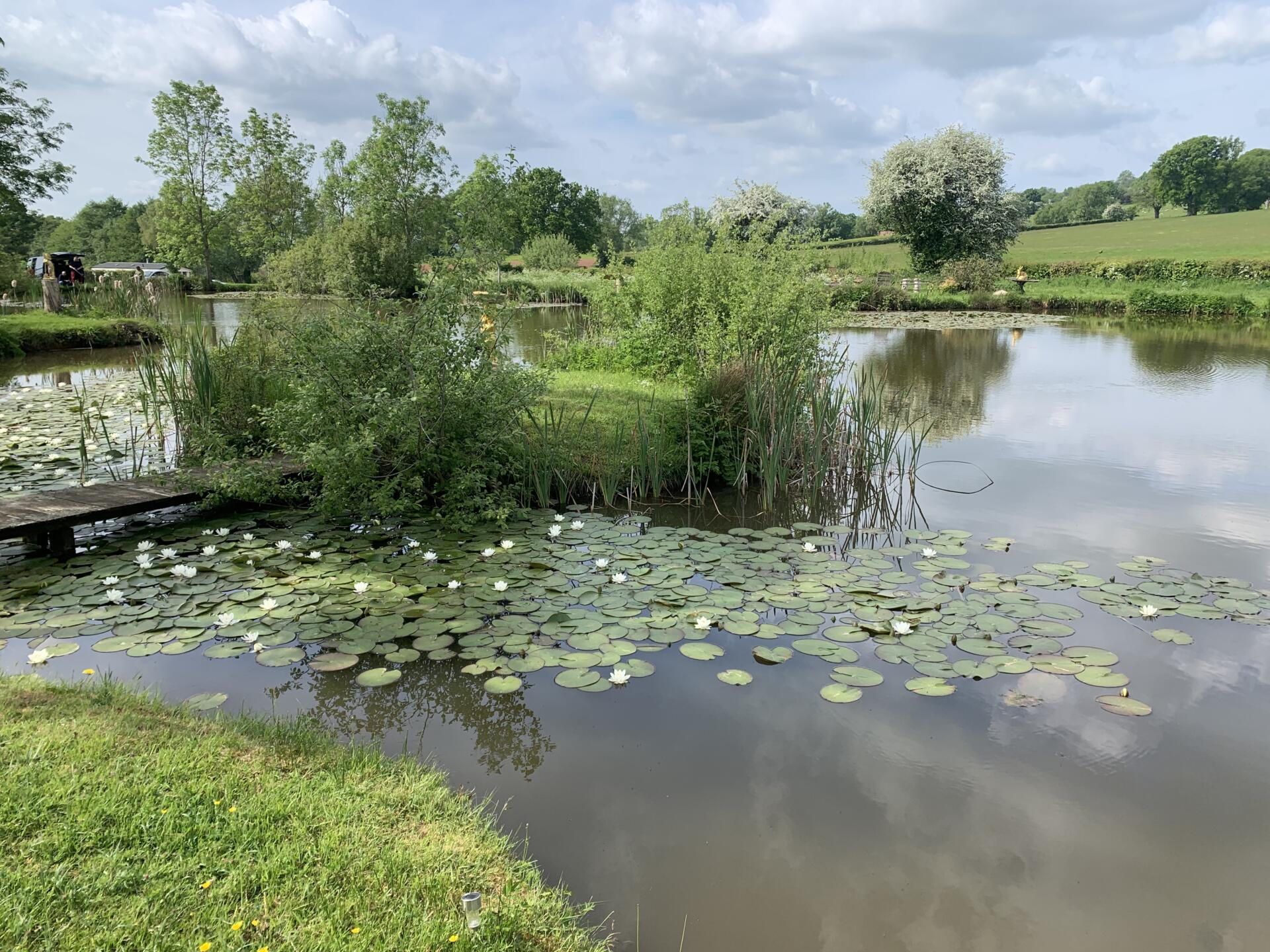
In clear lakes, beds of submerged water plants are often abundant
Coloured catches
Many anglers will attest that their catches are usually better in coloured-water coarse fisheries than in comparable fisheries where the water is very clear. Presumably, the coloured water reduces the ease with which fish are scared, especially during angling competitions when bankside noise by anglers may be considerable.
To summarise, moderate colouration of the water in many coarse fisheries can be advantageous to the survival of fish fry, help control water plants, prevent excessive predation and enhance anglers’ catches. However, dense algal blooms are undesirable because of their deleterious effects on water quality which may jeopardise fish life.
Be more productive
There is scope to improve the productivity of many still-water fisheries by the addition of fertilisers. One short-term benefit of some types of fertilisation can be to improve the colour of the water by promoting the growth of blooms of small, suspended single-celled algae which stain the water green during the summer months.
This effect is predictable but not inevitable. Occasionally, the additional plant nutrients fail to stimulate the development of suspended algae but merely increase the growth of rooted water plants and filamentous algae. Where these plants are already abundant a more prudent course of action is to carry out restricted removal of the plants in anticipation that algal blooms could develop. Plant destruction using herbicides is no longer an option as virtually all formulations are either no longer manufactured or allowed to be deployed for aquatic use.
Perfect Poo
One the most frequently employed fertilisers in still water is well-rotted manure, preferably cow or horse manure; fresh manure should not be employed because it is still biologically active, and the bacteria they contain could strip essential oxygen from the water. Manure left for a year or more, by when it should have cooled, is the material of choice. Usually, this can be obtained easily and at little cost, although some manual effort will be required to spread it into the margins during spring or early summer.
Alternatively, inorganic fertilisers could be used. Most so-called NPK agricultural fertilisers can be used to improve the productivity of still-water fisheries, although it is really only their phosphorous content as phosphate which is of major benefit in stimulating algal blooms. In terms of its cost-effectiveness, the pelleted fertiliser triple-super phosphate is usually recommended.
On fish farms abroad, manure is often added at an application rate equivalent to as much as 1lb per square yard of water – roughly two tons of manure per acre. However, the usual recommendation for fisheries work is that manure is added at the rate of about half a ton an acre.
The manure is best spread by using garden forks to throw it into the water from the banks, especially when there is a strong wind blowing offshore. This will help disperse the manure around the fishery, albeit that there may be some straw floating on the surface for a few days. It can also be spread overboard from a boat.
You need good timing
An alternative to manure is to use triple-super phosphate at an application rate of about 100 to 120lbs an acre. The phosphate is pelleted and should be broadcast into the water, not dumped in one place. The use of a small dinghy will help with spreading it around the fishery.
It is preferable that additions of manure or triple-super phosphate should be carried out during the spring months, between early or mid April and late May, although it is possible to stimulate algal growths during early summer, say in June. If the fertiliser is applied in the winter months to fisheries where there is a flow through of water – including sand and gravel pits – most of the nutrients will have washed away before the algae are ready to utilise them the following spring. Depending on the success of the fertilisation work, further manure or phosphate applications may be needed in future years.
Calcium – an essential ‘Building Block’
Calcium-rich fertilisers serve several purposes. Firstly, because calcium is an essential ‘building block’ for fish themselves and many of the invertebrates on which they feed such as water snails, shrimp and insect larvae, the addition of chalk or limestone will boost the food available to fish and, hence, their rates of growth.
Moreover, both chalk and limestone will help to elevate the pH – which is beneficial for other reasons – and stimulate the breakdown of organic material on the lake bed. Indeed, they are standard methods of helping to de-silt fisheries.
Siltation

De-silting a coarse fishing lake to improve water quality and catches
The speed of siltation of a lake is often accelerated by the deposit of leaf litter from the deciduous trees which surround the fishery and grow on the adjoining land. Floating leaves are often blown into certain corners of a lake where they become waterlogged and sink. With time, the repeated accumulation of leaves in these areas causes them to become silted and – eventually – render areas of a lake un-fishable.
On enclosed still-waters, the best material is crushed limestone in ‘quarter inch to dust’ size which is broadcast into the water – from a boat perhaps – at an application rate equivalent to about 300 to 350lbs an acre. Alternatively, powdered chalk can be used. This is really a winter operation, timed so that the crushed limestone or chalk is in place before the onset of spring weather conditions. If phosphate-rich fertilisers are also be deployed, it is important that the limestone or chalk is applied several weeks before the manure or triple-super phosphate.
Applications should be restricted to silted areas. If an entire lake is to be treated, it is sensible to apply the material to no more than a quarter of the bed an any one time, with, say, a month or more between applications over the next quarter.
Rock on
In running water fisheries, rough quarry ‘rocks’ chunks or cobbles should be placed on the bed of the feeder stream immediately before it enters the lake, or in the lake headwaters. Several hundredweight of material will be needed in most circumstances, albeit that it is almost impossible to overdo the dosage. The intention should be to allow the flowing water to gradually dissolve the material. If this material becomes coated in algae or silt, it should be broken with sledge hammers or pick axes to expose ‘new’ faces.
————————————————————————————————————————
Further Information
For further information on how to improve the management of your fishery and advice on most fishery-related matters, please contact Fisheries Management Consultant: Dr Bruno Broughton B.Sc. (Hons), Ph.D., F.I.F.M., C.Env.
Tel: 01952 691515; Mobile: 07804 651402
Email: bruno.broughton21@gmail.com
|Website: www.bruno-broughton.co.uk
Similar articles
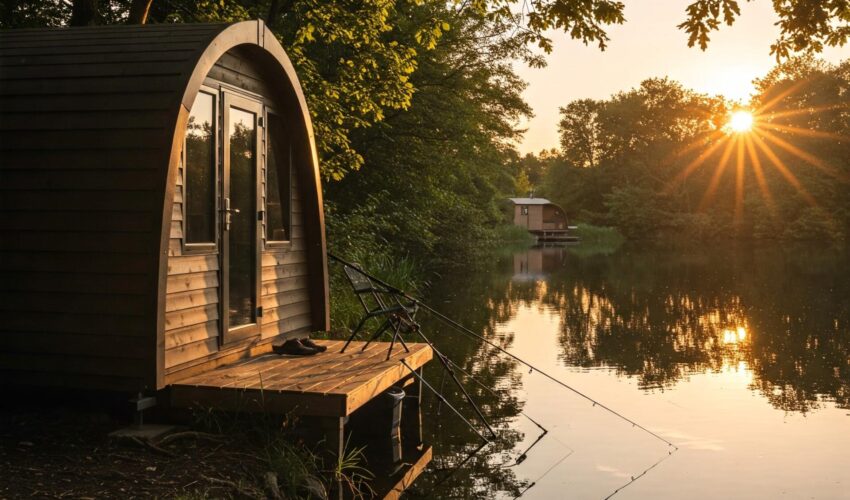
A guide to adding accommodation for fisheries
How to increase the income of your fishery by adding accommodation for anglers in the form of lodges, huts, cabins, pods and other modular buildings to your fishery venue.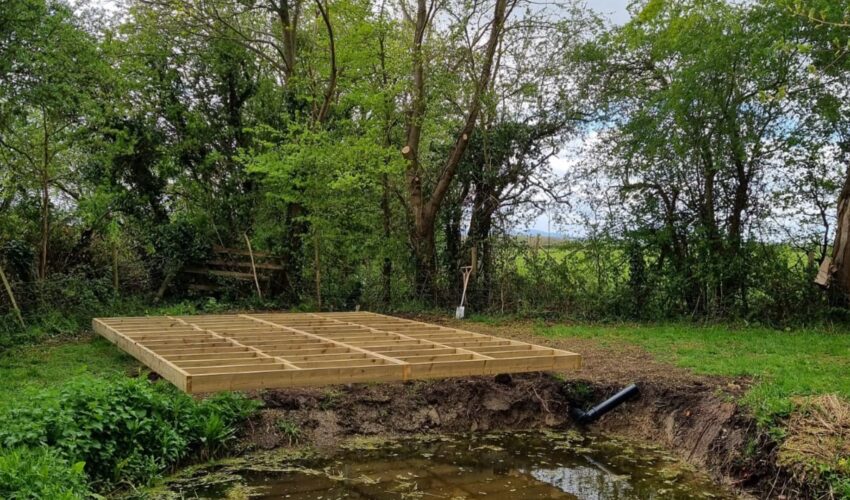
How to install foundations at your fishery
We delve into the challenges of waterside construction, outlining the advantages and disadvantages of various foundation types, and learn how to create durable, long-lasting structures that add value to your fishery.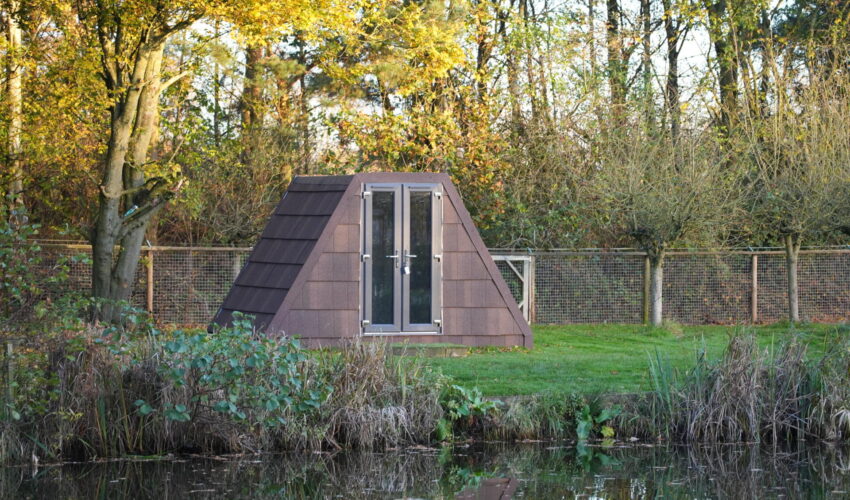
The latest angling pods hit the fisheries market
Join the growing number of fisheries which are boosting their income by installing Tardis Angling Pods – providing their customers with comfort and convenience while adding real profit to the bottom line.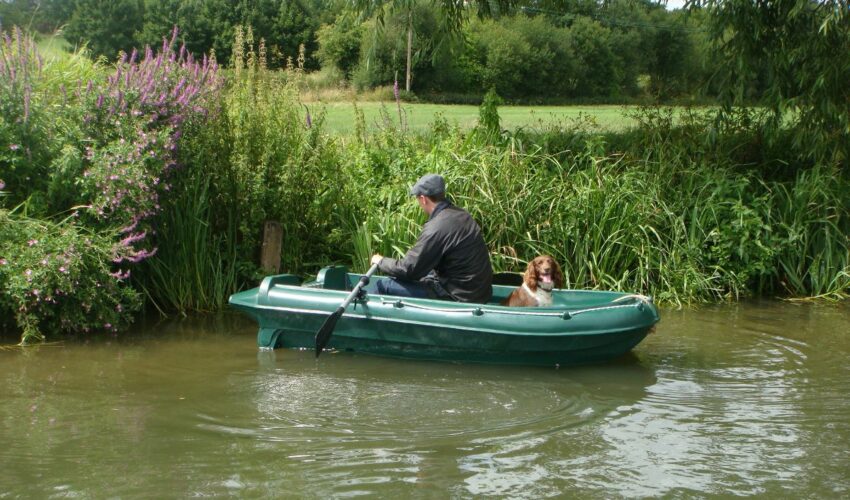
How to choose the right type of boat for your fishery
Whether you are a fishery owner looking for a boat to maintain your lakes or wanting a fleet of boats to let your own anglers get out on the water, choosing the right type of boat for the job can…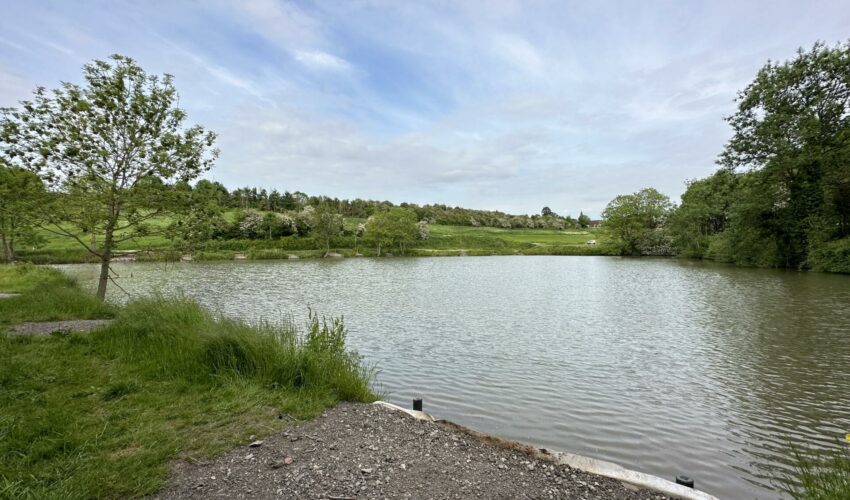
Make more money from your fishery!
Our ‘Top 10 Tips’ on how to make more money from your fishery this year. Not all are easy and most require some investment – but they will definitely help to increase the revenue from your fishery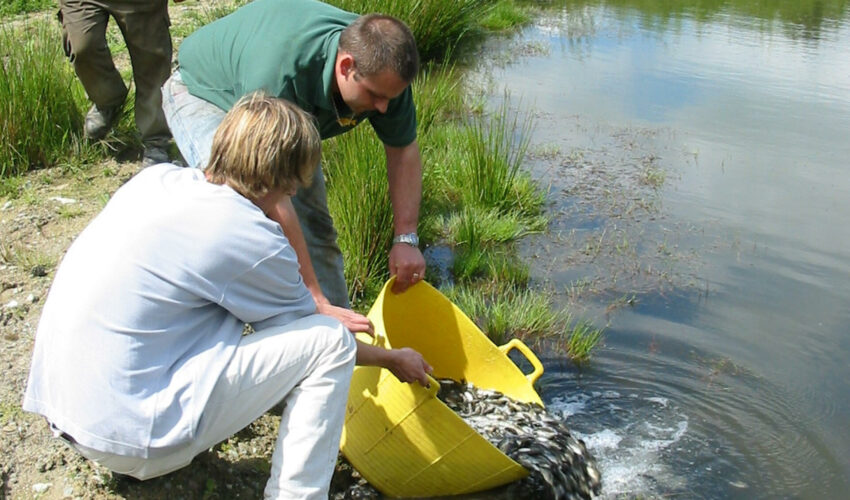
Timely advice on coarse fish stocking
Fisheries Management Consultant, Dr Bruno Broughton, gives timely advice on when and how to stock new fish.Search by Region or County
Find new places to go fishing in your local area or county by choosing your destination below





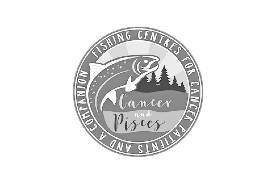




Comments